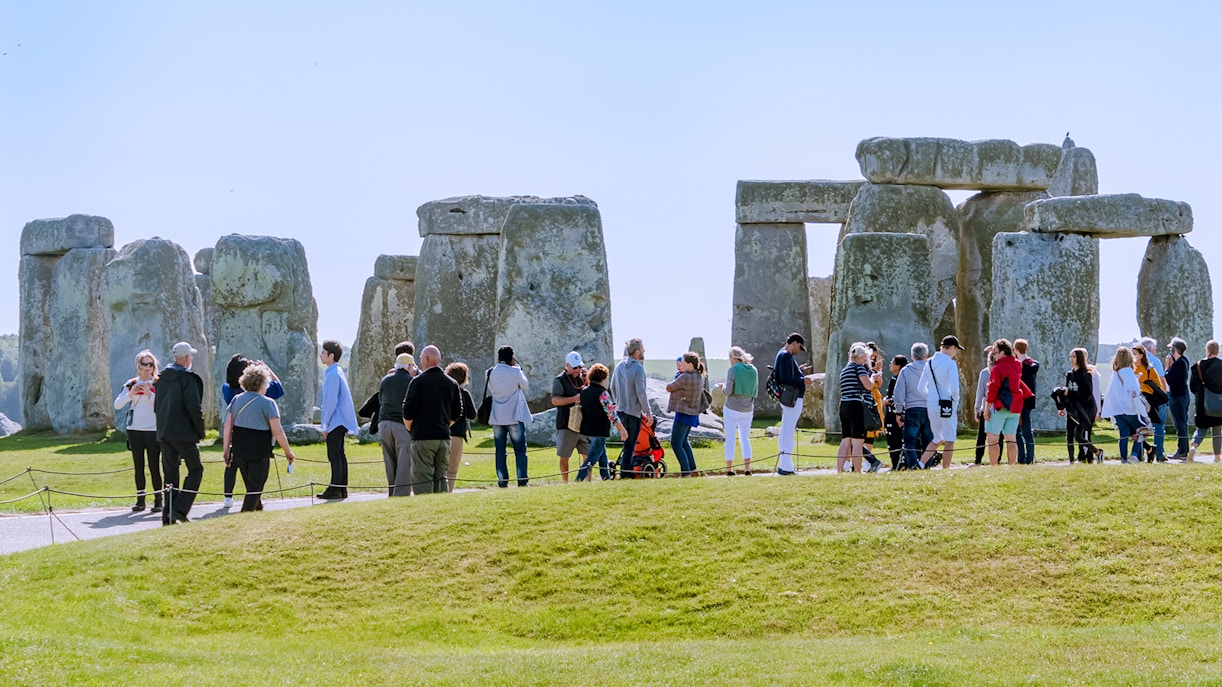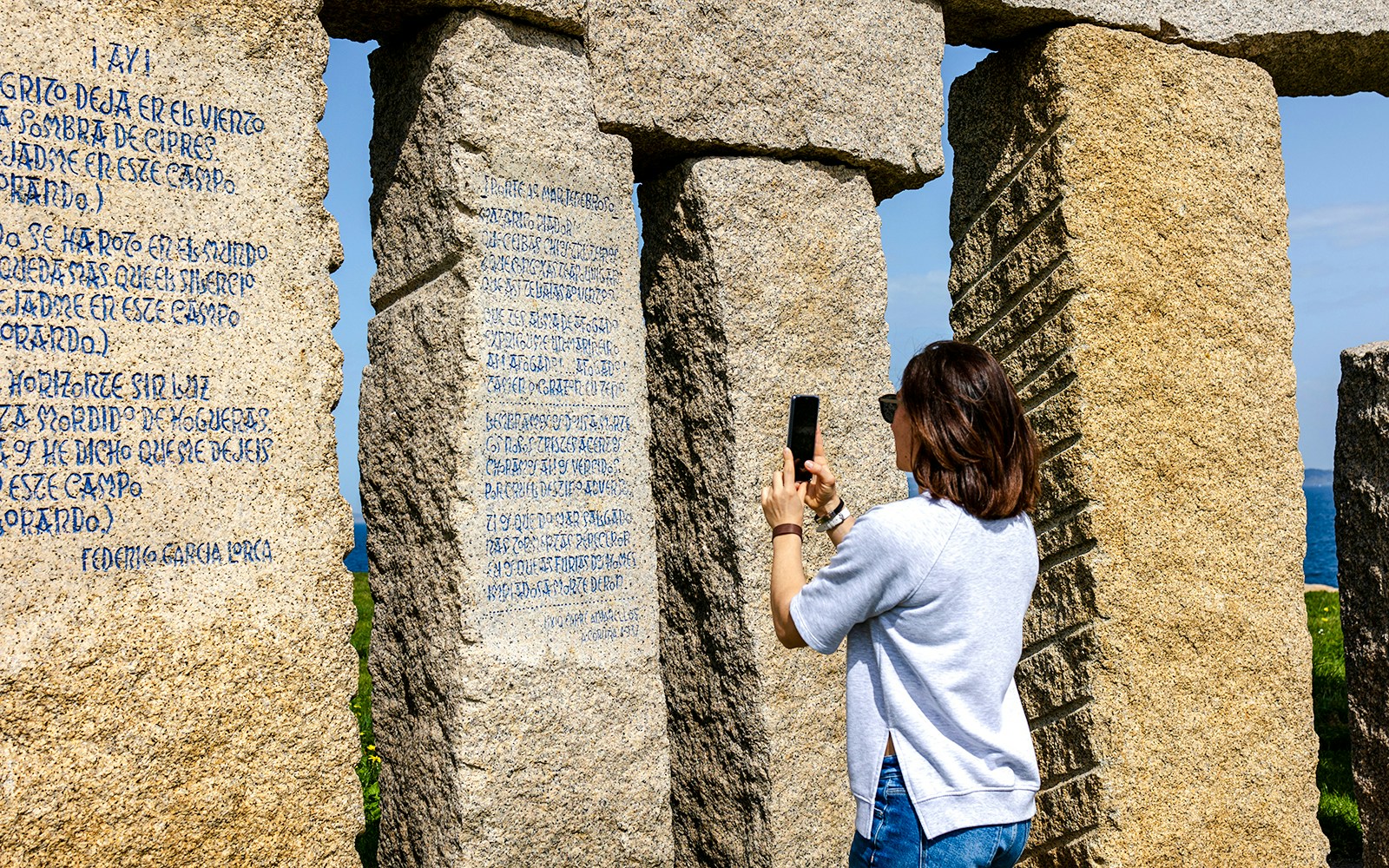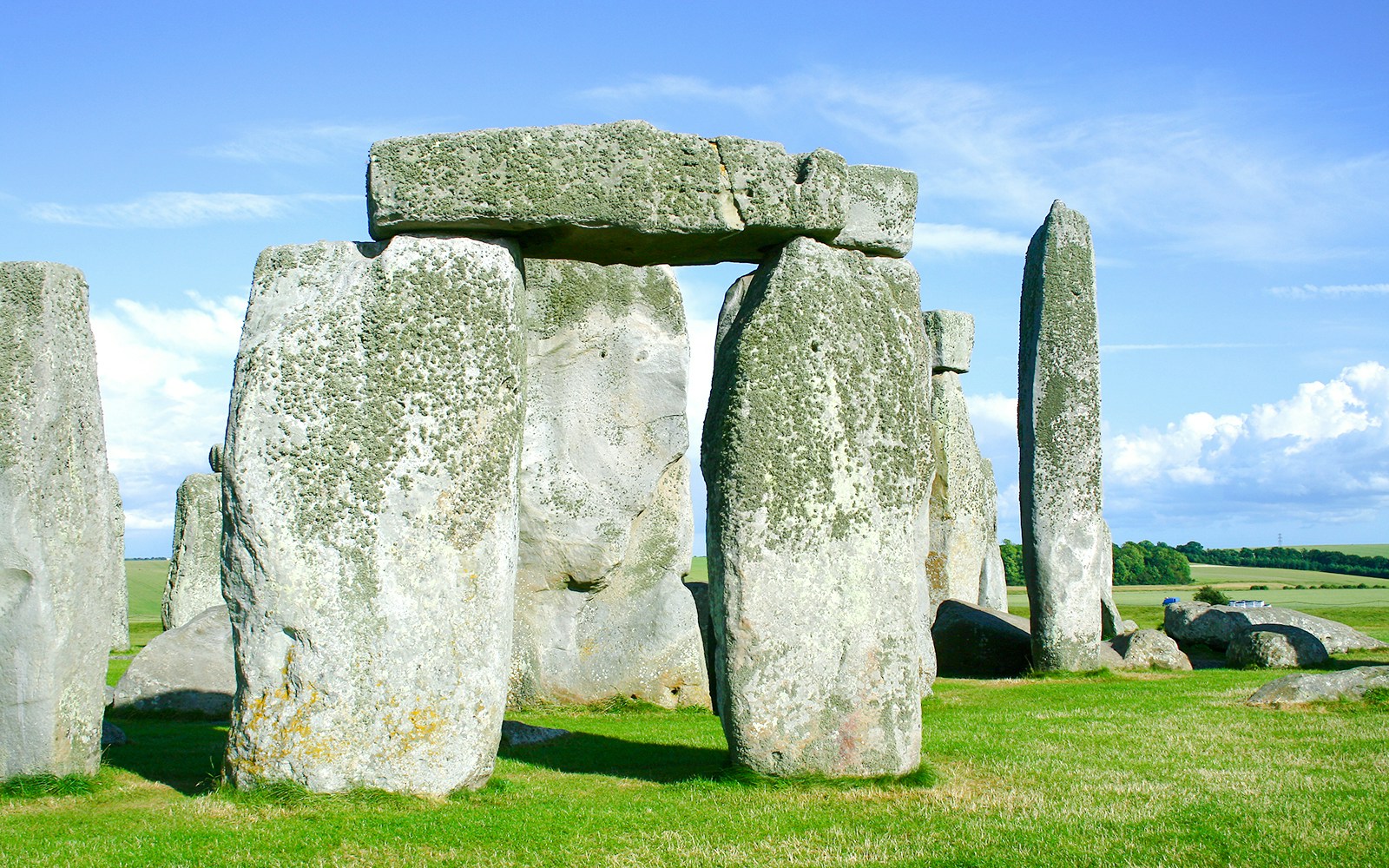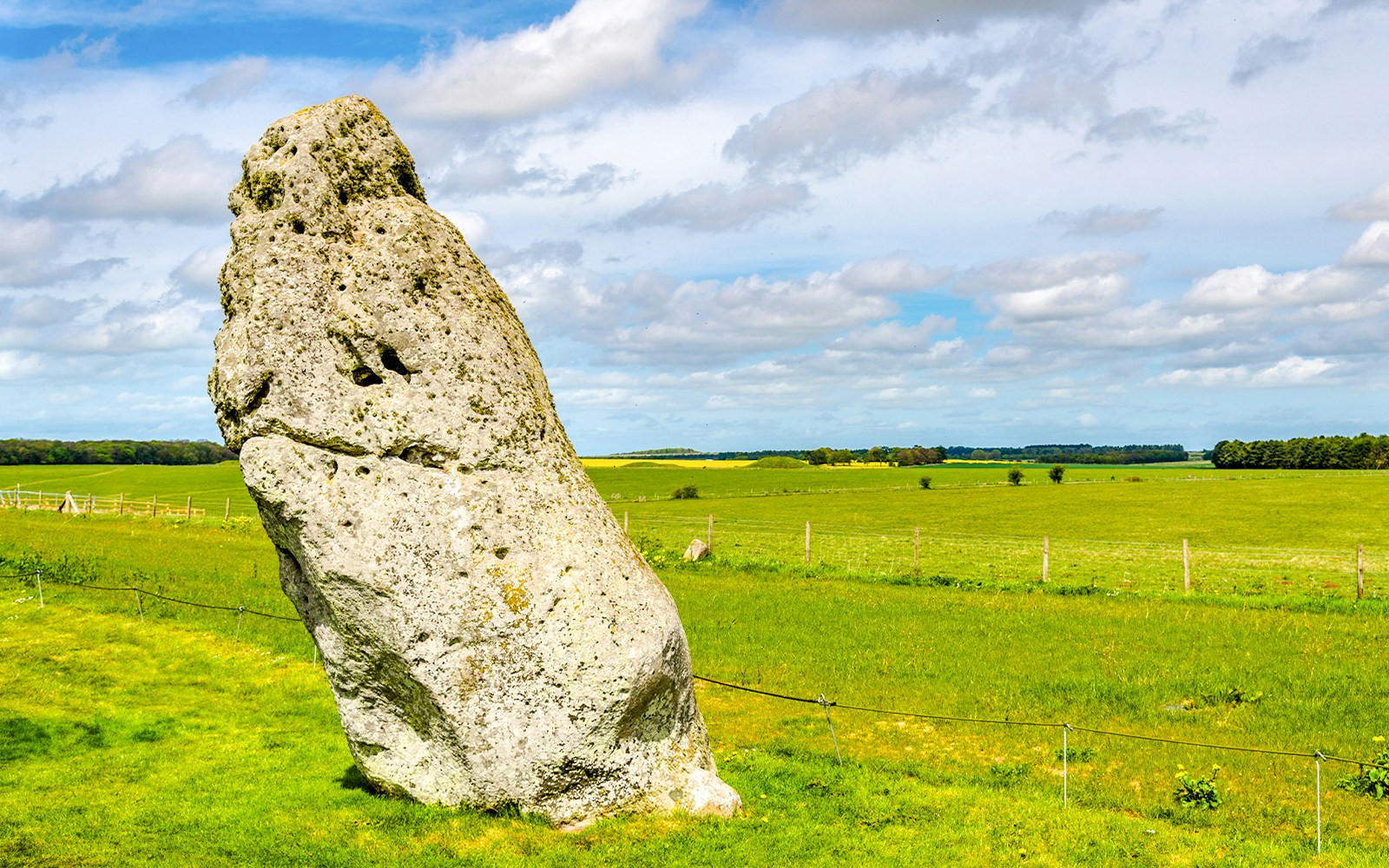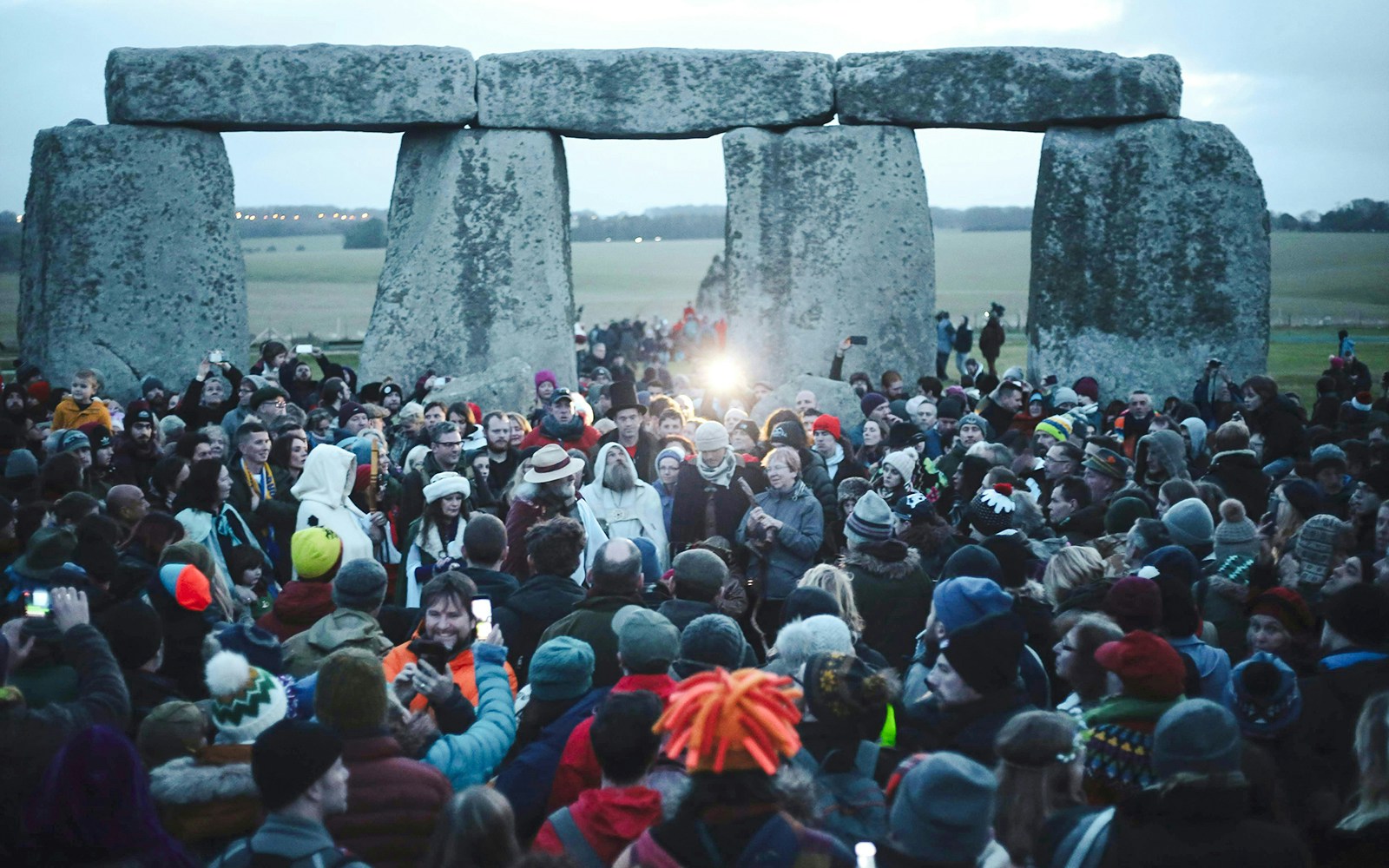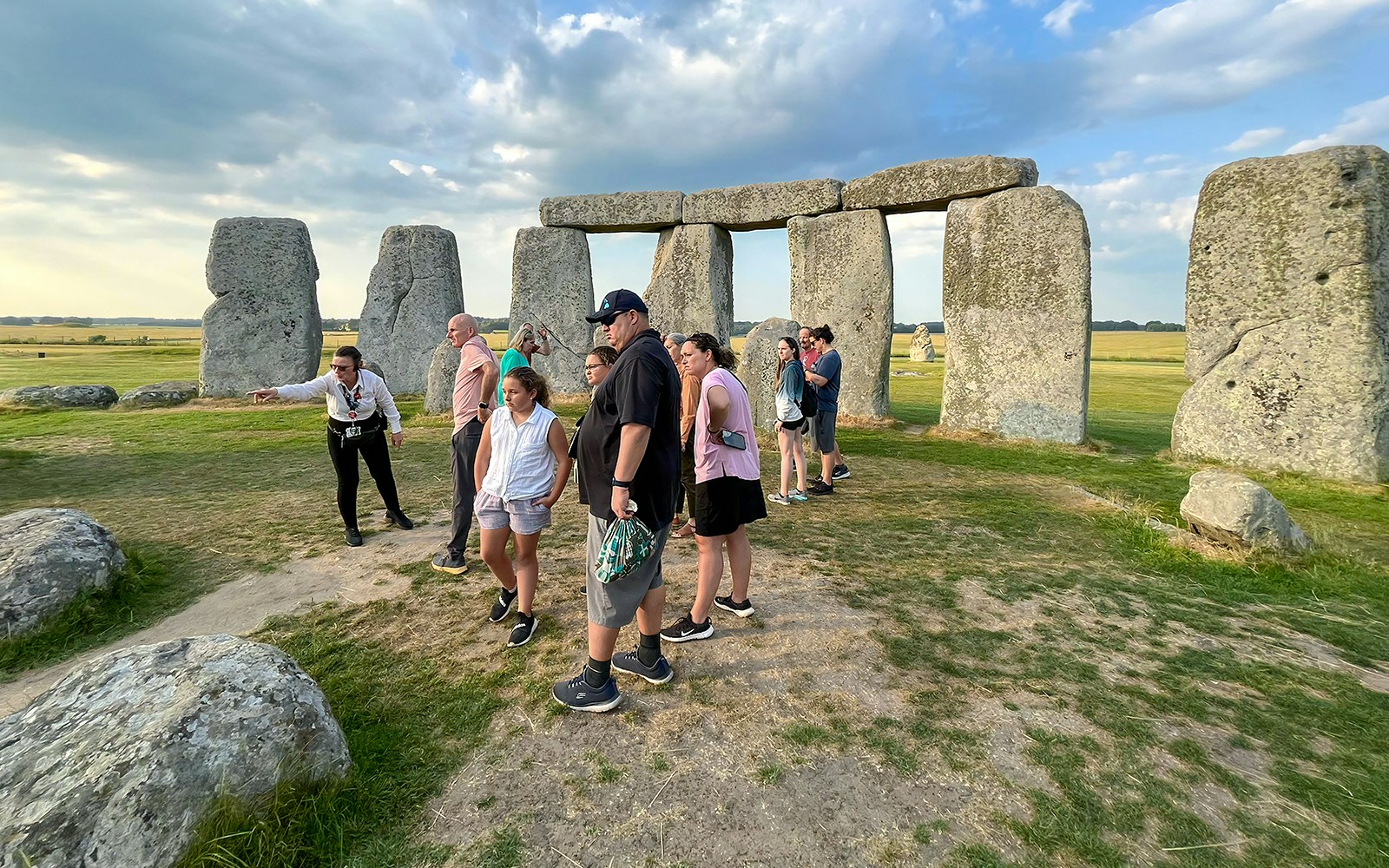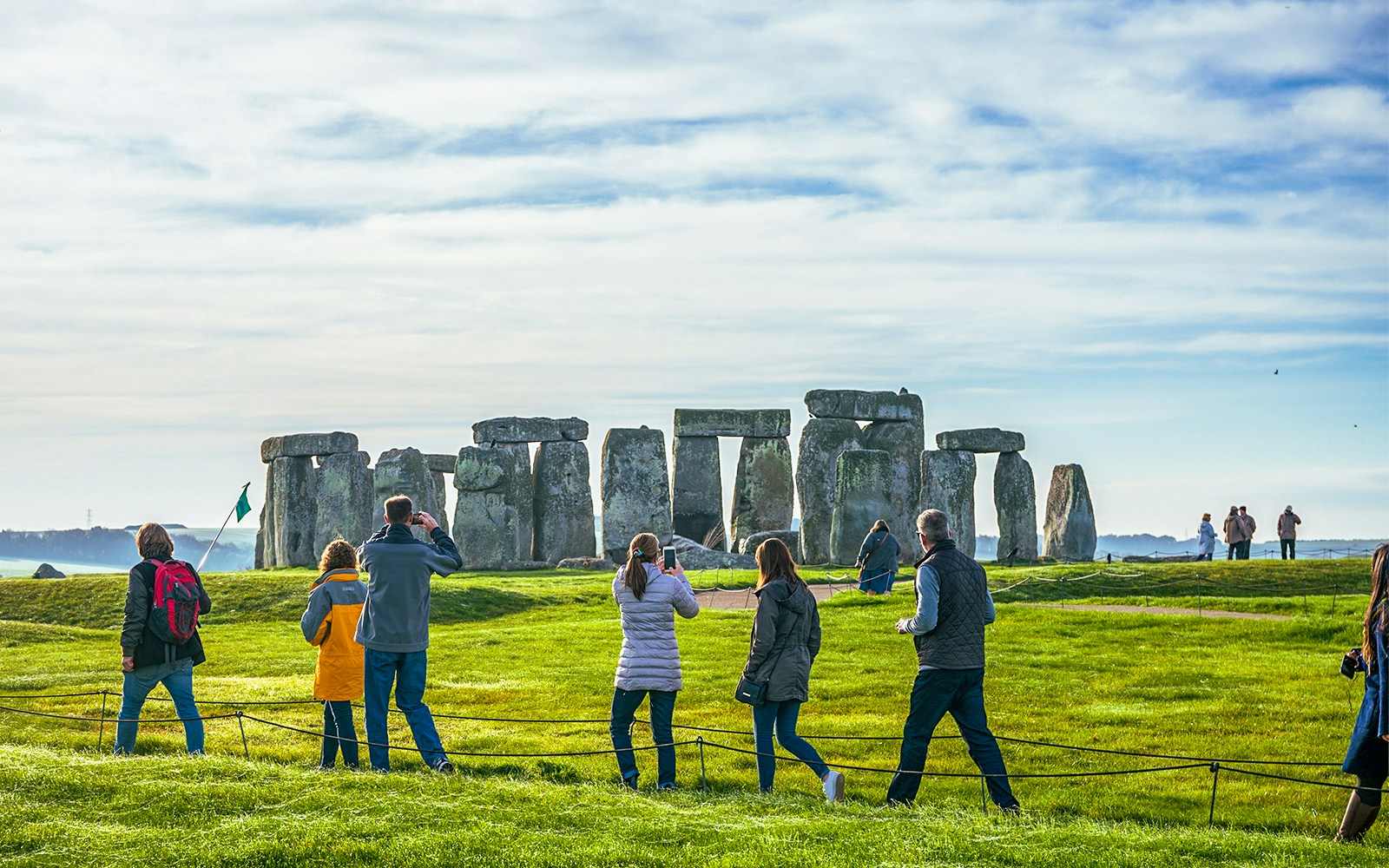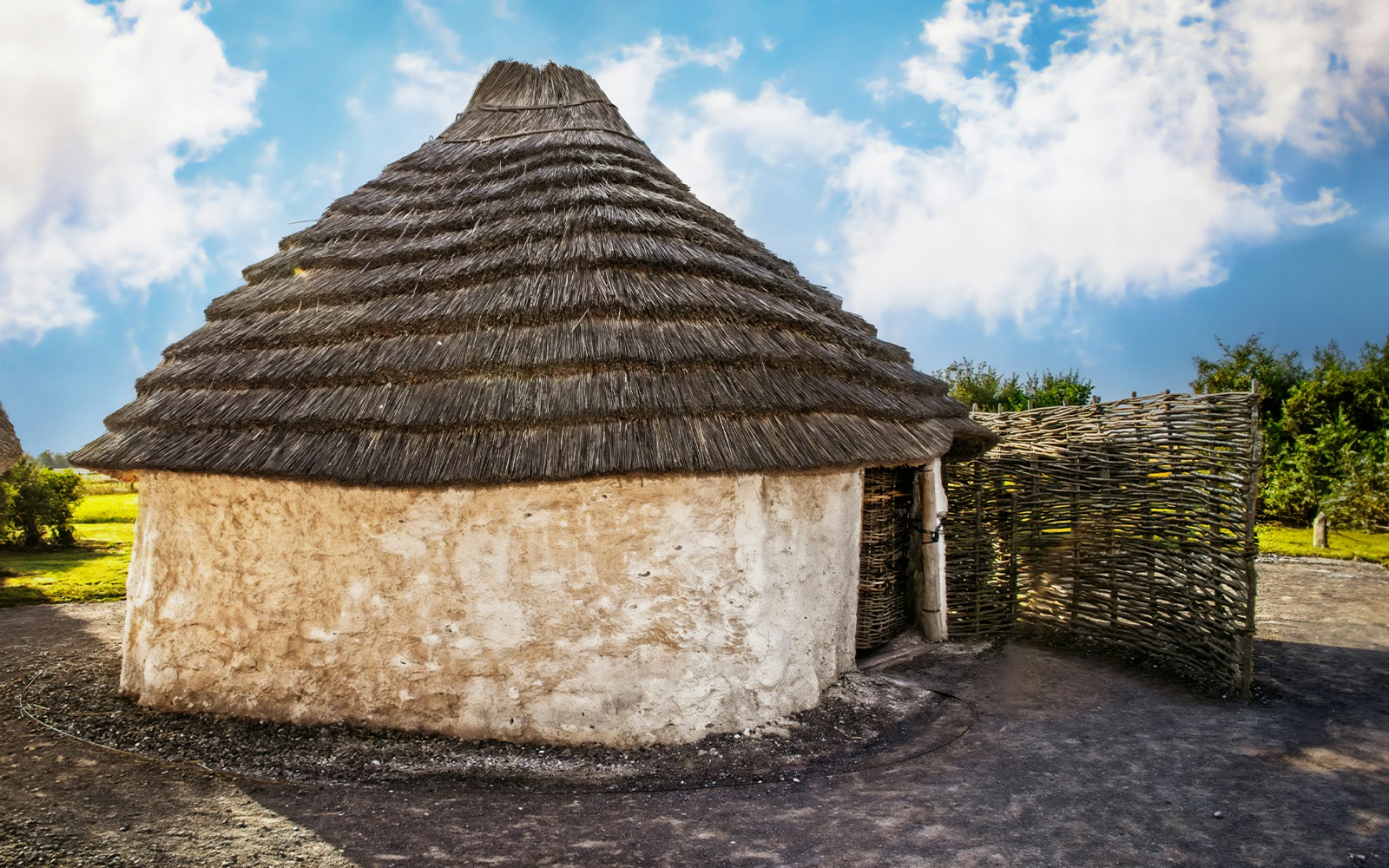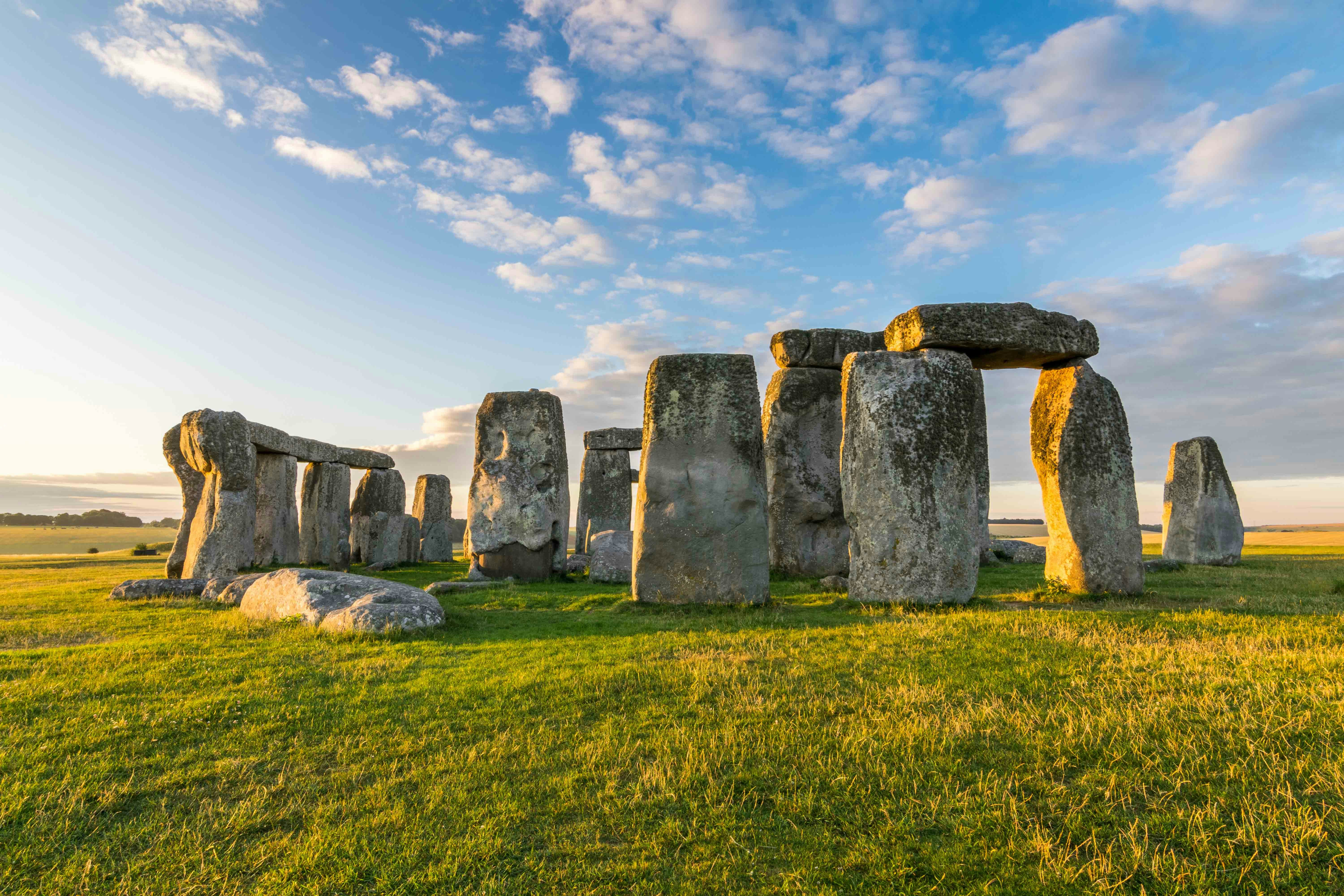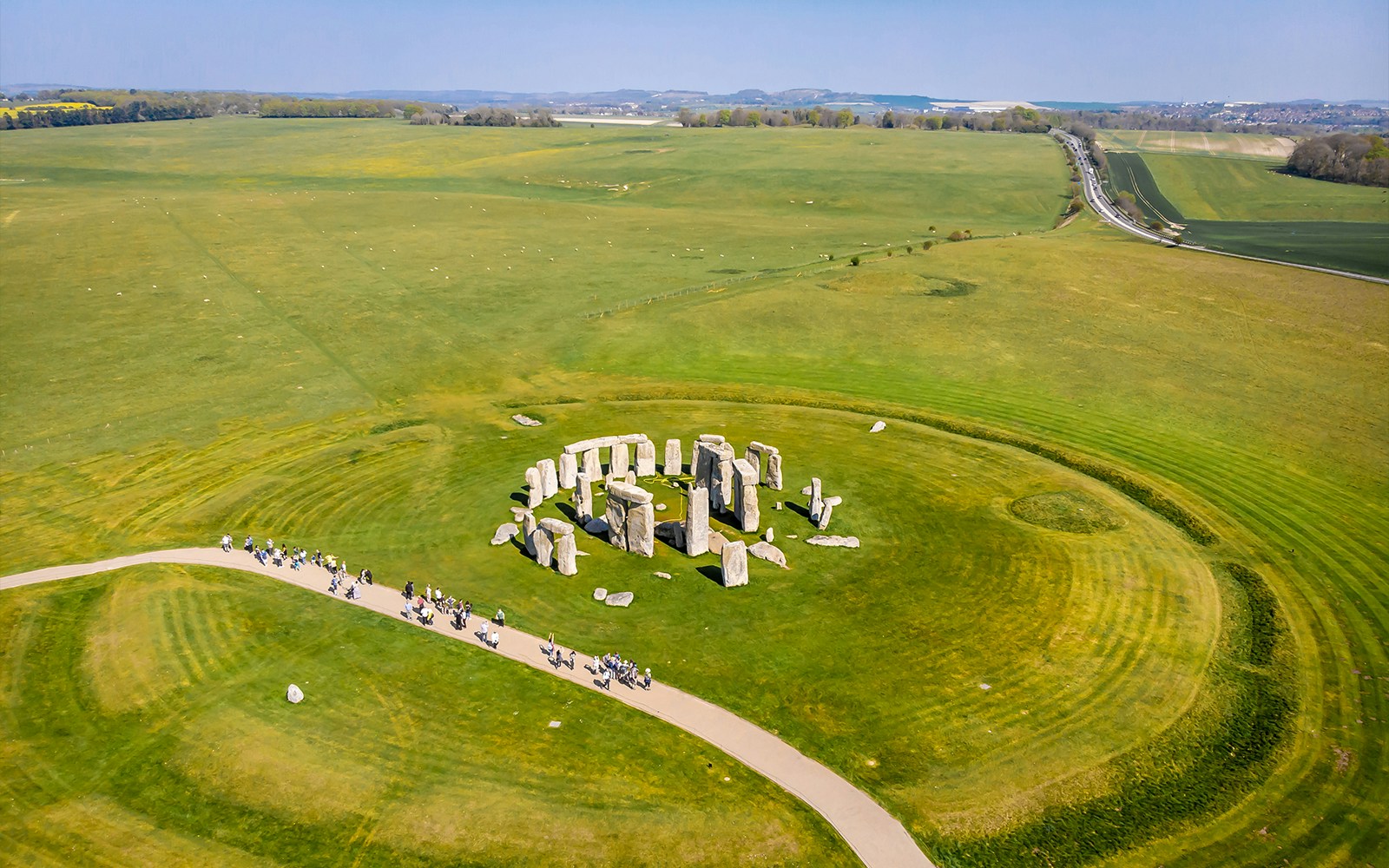- Stone removal: Local villagers once removed stones for construction, weakening the monument’s structure and altering alignments long before Stonehenge gained legal protection.
- Graffiti etching: Visitors carved initials and messages into stones during the 18th and 19th centuries, leaving scars that remain visible under modern conservation lighting.
- Souvenir chipping: Tourists frequently chipped off small fragments of stone to keep as souvenirs, steadily eroding surface details and contributing to long-term weathering.
- Agricultural impact: Farming near the site disturbed earthworks and damaged archaeological layers, disrupting buried artifacts that might have explained Stonehenge’s original construction purpose.
- Unregulated access: Until the 20th century, unrestricted public access meant crowds climbing, leaning, and even picnicking on stones, accelerating surface erosion and structural instability.
Early damage & historical neglect
